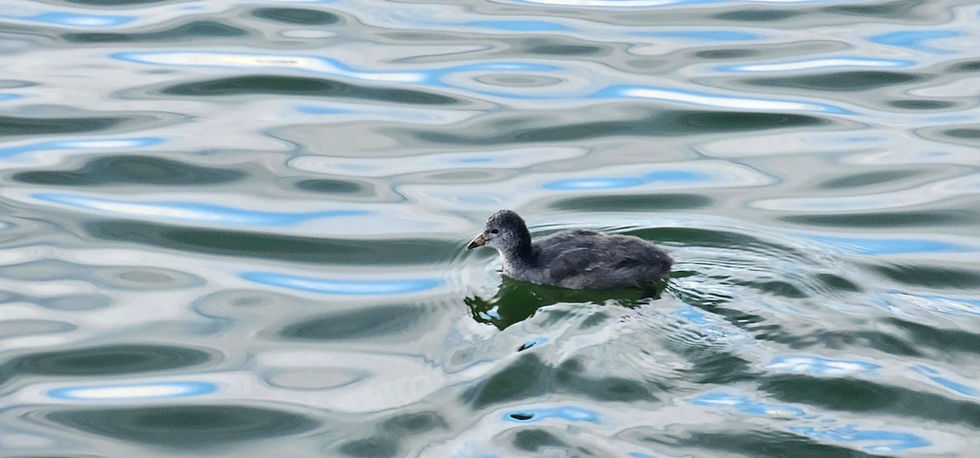The Wildlife Release and Recovery Process: How Mandurah Wildlife Safely Restores Wild Animals to Their Natural Habitat
- Chloe Willows
- Aug 5
- 3 min read

It might come as a surprise, but one of the most important things we can do for recovering wildlife is to step back. Many of the animals we work with are highly intelligent and social. If they become too used to humans, they can lose their natural fear — which is often the very thing that keeps them
safe. That’s why every stage of wilding up is carefully considered, balancing care with the need for independence.
The Wilding Up Process: Gentle, Gradual, and Thoughtful
1. Natural Feeding Behaviours
At first, some animals need help — hand-feeding a possum, syringing milk to a joey, or preparing soft foods for an injured bird. But as soon as they’re able, we start introducing native, species- appropriate foods in ways that encourage foraging or hunting. Think leaves on branches, bugs in bark, or fruit tucked in crevices — not bowls and spoons.
2. Fostering Independence
As they grow stronger, we reduce interaction. It’s tempting to talk to a magpie or cuddle a joey, but too much affection can make release difficult. Quiet observation replaces hands-on time. It’s all about building their confidence and natural instincts without relying on us.
3. Moving to a Natural Setting
Once ready, animals are relocated to enclosures closer to bushland. This step is key. It lets them adjust to outdoor sights, sounds, temperatures, and conditions. They begin to experience what life in the wild feels like — safely, but realistically.
4. Socialisation with Their Own Kind
Where appropriate, animals are housed with others of their species. This is especially important for birds, roos, and social mammals. Interacting with their own kind teaches them the behaviours they’ll need to survive: flocking, grooming, territorial cues, and even play. Solitary species are given room to create dens or hidey holes — a safe space they can make their own.
5. Ready for Release
In the final stages, human contact is limited even further. We quietly observe for key behaviours: foraging, climbing, flying, hunting, or hiding. When we see them navigating their space confidently and independently — it’s time to let them go.
Why It All Matters
A wild animal that’s too comfortable with humans is at serious risk. It might approach people or pets for food, linger near roads, or struggle to care for itself in the wild. But a wilded-up animal? It will know how to survive — and most importantly, it will want to stay wild.
Helping Wildlife Starts with You
If you find an injured or orphaned wild animal, you can take it to a local vet — free of charge. Many clinics work with wildlife carers and are equipped to help. Even if you’re unsure, a quick call can point you in the right direction. Please don’t try to care for wildlife at home — even with the best intentions, it can unintentionally do more harm than good.
If in doubt call mandurah Wildlife
After Hours concerns? Baldivis Vet Hospital is a great source of contact for injured wildlife (08) 9524 1466
At the centre, every animal we release represents a success — not just for us, but for the broader community that supports them. With the right care and the right process, they get a second chance at life in the wild — and we’re proud to be part of that journey.







